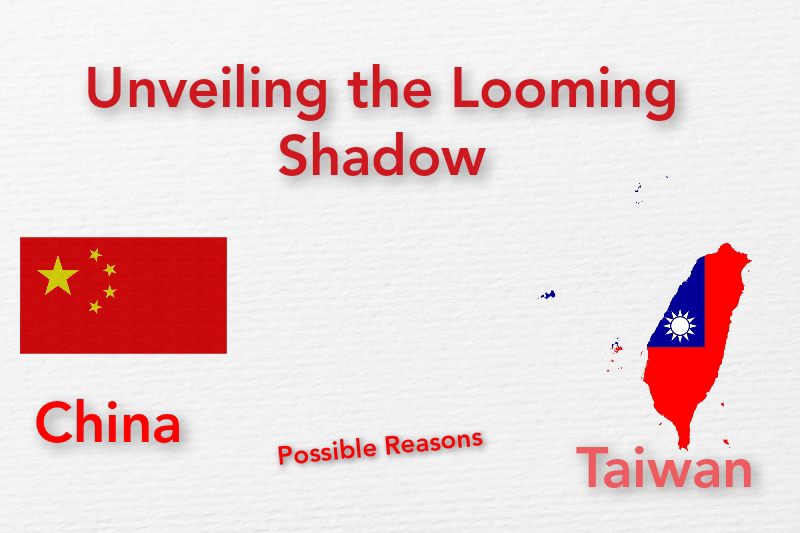The Taiwan Strait separates two starkly different political systems. China views Taiwan as a lost province, while Taiwan thrives as a democracy. This unresolved tension casts a looming shadow over the region, as the possibility of violent conflict sparks international concern. This analysis explores the potential triggers for a Chinese invasion of Taiwan, examining the delicate geopolitical landscape that could ignite such a war.
1. National Reunification: China views Taiwan as a breakaway province and considers its "unification" a core national interest. President Xi Jinping has emphasized this goal more strongly than his predecessors, and a growing sense of nationalism within China could heighten pressure for forceful action.
2. Taiwanese Independence: China vehemently opposes any formal declaration of independence by Taiwan. Increased calls for independence within Taiwan, or actions interpreted as such by China, could be seen as a red line and trigger an invasion to prevent a permanent separation.
3. Shifting Global Landscape: A perceived weakening of American influence or a distraction of US military resources elsewhere could embolden China to act. Conversely, a stronger US-Taiwan relationship, including increased military cooperation, might be seen as a provocation by China.
4. Domestic Politics: Internal political factors within China could also play a role. Xi Jinping's leadership could be bolstered by a decisive move on Taiwan, particularly if portrayed as restoring national glory.
5. Military Modernization: China's rapid military modernization, particularly its naval capabilities, could create a window of opportunity for them to believe they can achieve a swift victory over Taiwan. This perception of military superiority could lower the threshold for using force.
6. Economic Leverage: China's deep economic ties with Taiwan are a double-edged sword. While economic interdependence might deter conflict, a strategic decision to use economic pressure as a prelude to invasion or to punish Taiwan for any perceived provocation remains a possibility.
7. Miscalculation Mayhem: Misinterpretations or even unintended events, like a minor collision during increased military exercises, could snowball into a larger conflict. Imagine a small mishap at sea or in the air, misinterpreted by one side and used as justification for a forceful response. This domino effect, fueled by the heightened military presence, is a chilling possibility.
A storm brews in the Taiwan Strait. Unresolved independence claims, a changing world order, domestic pressures in China, and a rapidly modernizing military all fuel tensions. Accidental clashes during increased exercises add another layer of risk. To prevent this conflict, the world needs open communication, strong deterrence, and a commitment to peaceful solutions. Only proactive diplomacy can break the cycle and prevent war.




Comments
Post a Comment